TABLE OF CONTENTS
When you mix your marijuana strains, it is called ‘making a salad.' This is a popular way of customizing and personalizing your cannabis high. You can also tone down cannabis strains by mixing and matching.
Tobacco and wine enthusiasts have long been fans of blends to create a signature variety. In a similar fashion, cannabis blending can be an art form done from the comfort of your home.
Don’t hesitate to ask a budtender for recommendations on strains that mix well together. Knowing the various strains and medicinal benefits is necessary for any budtender.
A Better High
Could the mixing of cannabis strains make a more enjoyable high? Many people would say so.
There are two main reasons why they would agree. One of the reasons is the amount of terpenes and the other is the cannabinoids. Blending these in the right way will dictate the high that you feel.
Cannabinoids are grouped together as chemical compounds known as CBD and THC. These are found as secretions in the marijuana plant binding the receptor sites located in our bodies and producing a range of medical and recreational benefits. Terpenes give marijuana its flavor and aroma. Both terpenes and cannabinoids have therapeutic elements.
The Variation of Combining Marijuana Strains

When you consume a variation of combined marijuana strains, you are dealing with multiple compounds, which alter the effect of the combination. For instance, it has the ability to improve the medicinal and pain-fighting properties and in addition, provides more depth to your cannabis high.
When consuming a single strain, the entourage effect involves the interaction between its cannabinoids, terpenes, flavonoids, and other active compounds on the body’s endocannabinoid system.
This complex interaction of endocannabinoid cell receptors and cannabinoids produces an experience unique to you. When mixing cannabis strains, you can consume a seemingly endless combination of a strains’ chemical profiles.
Combining two or more different cannabis strains to produce a distinctive set of effects is referred to as mixing cannabis strains. Experienced users frequently engage in this activity to design unique experiences or to improve the effects of one strain by pairing it with another.
In general, the chemical makeup of different cannabis strains can vary, especially in terms of the concentrations of various cannabinoids (including THC and CBD) and terpenes (the substances that give the plant its flavor and aroma).
It's vital to think about the effects that each strain is known for and how they might interact when mixing different strains.
Combining strains with complementing effects can result in an even better experience. Strains are known for particular effects, such as uplifting, soothing, or stimulating.
The effects of various strains might fluctuate significantly from person to person, so it's usually a good idea to start with tiny doses and pay attention to how your body responds before ingesting more.
How to Mix Cannabis Strains
When blending cannabis strains, start off with a solid base. A good foundation for a cannabis blend is a strain that delivers long-lasting effects. We recommend choosing popular strains that you can find nearly anywhere such as Sour Diesel, GSC, OG Kush, Pineapple Express, AK-47, Blue Dream, Gelato, Green Crack, Purple Haze, Wedding Cake, Forbidden Fruit and Biscotti Strain. Of course, there are many more you can choose from.
Now that you have a good strain as a starter, you can add anything that you think would complement its effects. Look at the strain’s label for cannabinoid analysis. Terpene content is rarely shown on the label but you can always give your buds a smell or look online to determine its main terpenes.
Add strains that will give you an extra dose of your desired effect. Do you want more focus? Are you looking for a burst of creative energy? Add a strain with the effects that your main strain lacks.
Mixing strains should be a fun experience. In the beginning, you’ll have to experiment a little with calculating the right dose of strains. Using some CBD-rich strains mixed with high-THC strains can help balance the psychoactive effects of THC.
Also, think beyond the main two cannabinoids: THC and CBD. Look toward minor cannabinoids such as CBG, CBC, THCV, and so many more. These minor compounds can play a major and positive role in your experience.
Once you’ve found your chosen blend of one, two, or more strains you can decide how much you want to grind at a time. If it’s a new mix, grind enough herb for a single session to gauge its effects.
You can grind a large amount and store it in an airtight container for use over a long period of time. Simply open the jar, grab enough for your session, and close it back up for later use.
Make sure to keep your cannabis blend in a cool place. Also make sure it stays dry. You can use humidity packs inside your container to keep them at the perfect humidity levels, which help avoid stale and moldy weed.
Top Cannabis Combinations
Some of the top combinations when mixing cannabis strains are Medical Mass and Royal Domina. Medical mass is rich in CBD properties while Royal Domina is the opposite with high levels of THC. Medical Mass is one of the marijuana strains that relaxes you but still gives you energy. OG Kush and Sour Diesel are an excellent combination if you are looking for a potent sedative.
Blue Dream strain and Zheetos mix well together and the combination gives off a memorable flavor. Both of these marijuana strains are hybrid.
Don’t stop there. There are hundreds of cannabis strains out there and new ones popping up all the time. Spend some time really savoring the buds as you inhale and notice different scents and flavors.
Tuning your nose and taste buds for cannabis’ terpenes can take some time, but it’s totally worth it. It’s up to you to find your favorite combination of cannabis strains. That’s the magic of cannabis.
Mixing Terpenes
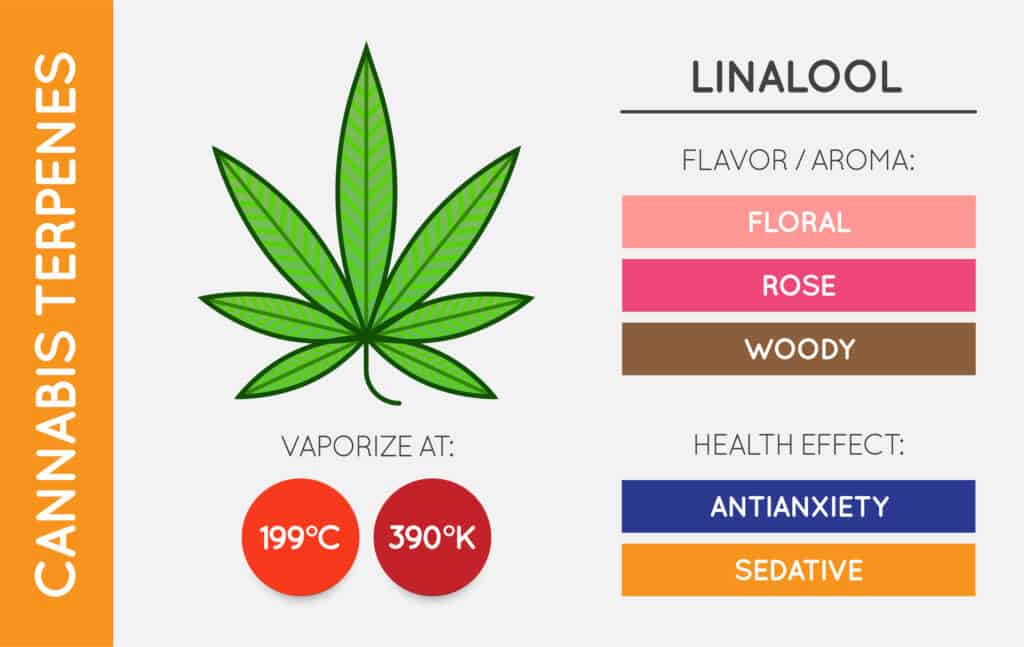
When mixing cannabis strains, consider each one’s aroma and flavor. Terpenes play an important role in the chemical processes inside the body. They also make smoking and vaporizing bud a decadent experience.
Think of mixing terpene profiles like mixing food ingredients. In fact, cannabis has many of the same terpenes found in cooking herbs and fruits. For instance, citrus and lemon-scented strains can go with fruity and sweet-smelling strains. Pine and fuel aromas can blend well, too.
Combining cannabis terpenes can result in distinctive and appealing flavor and scent profiles and may even improve the effects of the cannabis plant. Because different terpenes have various boiling points and vaporization temperatures, how they are combined and cooked will have an impact on the end outcome.
Additionally, certain terpenes may strengthen or weaken the effects of some cannabinoids by enhancing or inhibiting those effects. For instance, the terpene myrcene has been demonstrated to improve the permeability of the blood-brain barrier, allowing for a speedier onset of the effects of THC. The terpene limonene is also known to enhance the effects of THC.
A full study of each terpene's various characteristics, careful consideration of the intended scent and flavor profile, as well as the desired effects, are all necessary for the competent analysis of blending cannabis terpenes.
Finding the ideal terpene blend can be helped by experimentation and meticulous record-keeping.
Mixing Cannabis Strains in Edibles

If you’re planning on making cannabis edibles, don’t worry about mixing strains and getting too high. Most producers of large-scale edibles use a mix of strains all the time. Using different strains for your butter or oil won’t diminish the quality of your infusion. Your high may have subtle differences compared to using one strain only, but you may not even notice the difference.
For the consumer, combining cannabis strains in edibles can produce a distinctive and personalized experience. Each strain contains a special blend of terpenes and cannabinoids that can affect the body and mind in a variety of ways.
A balanced experience that incorporates both physical and mental benefits can be produced, for instance, by combining a sativa strain renowned for its uplifting and energetic effects with an indica strain known for its calming and tranquil effects.
Combining cannabis strains in edibles can be a way to produce a unique experience, but for a secure and pleasurable experience, it's necessary to comprehend the effects of the strains employed and to precisely measure potency.
Is it Bad to Mix Weed Strains?
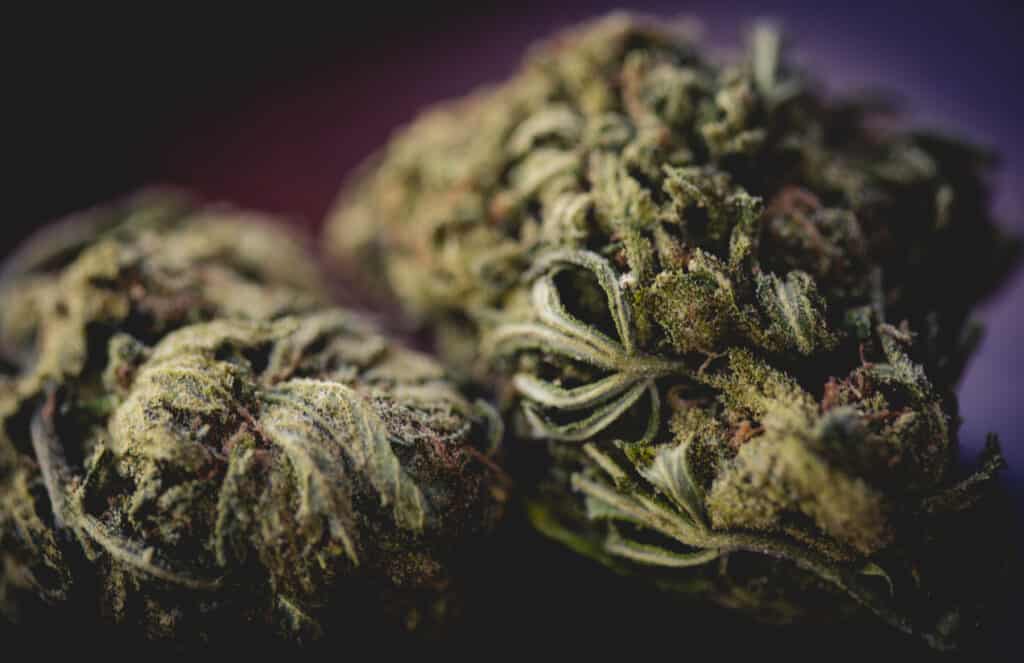
Not inherently. However, it's crucial to be informed about the strains you're mixing. Combining two potent strains might lead to an overwhelming experience for some users. It's essential to approach the practice with knowledge and moderation.
“
There are over 300,000 jobs in the cannabis industry. CTU trained me for one of them!

Makes $24.50 @ THC +
How to Blend Strains and Why You Should
Blending strains allows users to tailor their cannabis experience. By mixing strains with complementary effects, one can achieve a balanced high, combining, for instance, the relaxation of an indica with the creativity boost of a sativa.
Steps to blend:
- Research the strains: Understand the effects, THC to CBD ratio, and terpene profile of each strain you intend to mix.
- Start in small amounts: Experiment with different proportions to find your ideal blend.
- Document the experience: Note the ratios and effects to refine your future blends.
Can You Mix Indica and Sativa Strains?
Absolutely. Mixing indica and sativa strains can provide a balanced high, allowing users to experience the relaxation of indica while still enjoying the cerebral buzz of sativa.
What Strains Should You be Mixing Together for the Best High?
The best combination often comes down to personal preference. However, some popular pairings include:
- Blue Dream (sativa-dominant) + Girl Scout Cookies (hybrid): For a relaxed yet euphoric high.
- Pineapple Express (hybrid) + Northern Lights (indica-dominant): For a blend of upliftment and relaxation.
Conclusion on Mixing Weed Strains
Mixing marijuana strains is an exciting way to explore the vast world of cannabis. By blending, users can craft a bespoke cannabis experience, marrying the best effects, flavors, and aromas of different strains. As always, approach with curiosity, knowledge, and respect for the plant. Happy blending!
Master Grower Certification
If you want to learn how to grow weed and combine your own cannabis strains make sure to enroll at CTU and earn your master grower certification online.

Gavin Kushman
Gavin is a worldly adventurer and cannabis connoisseur, embarking on journeys that take him to the far corners of the globe to explore and document the varied effects, flavors, and histories of both renowned and lesser-known strains. From the misty high-altitude farms of the Hindu Kush highlands to the vibrant cannabis cafes of Amsterdam, Gavin's quest for knowledge spans continents. A recognized authority in the cannabis industry, he frequently lends his expertise to leading publications such as Cannabis Training University, where his captivating blog articles chronicle his unique experiences with different cannabis strains.


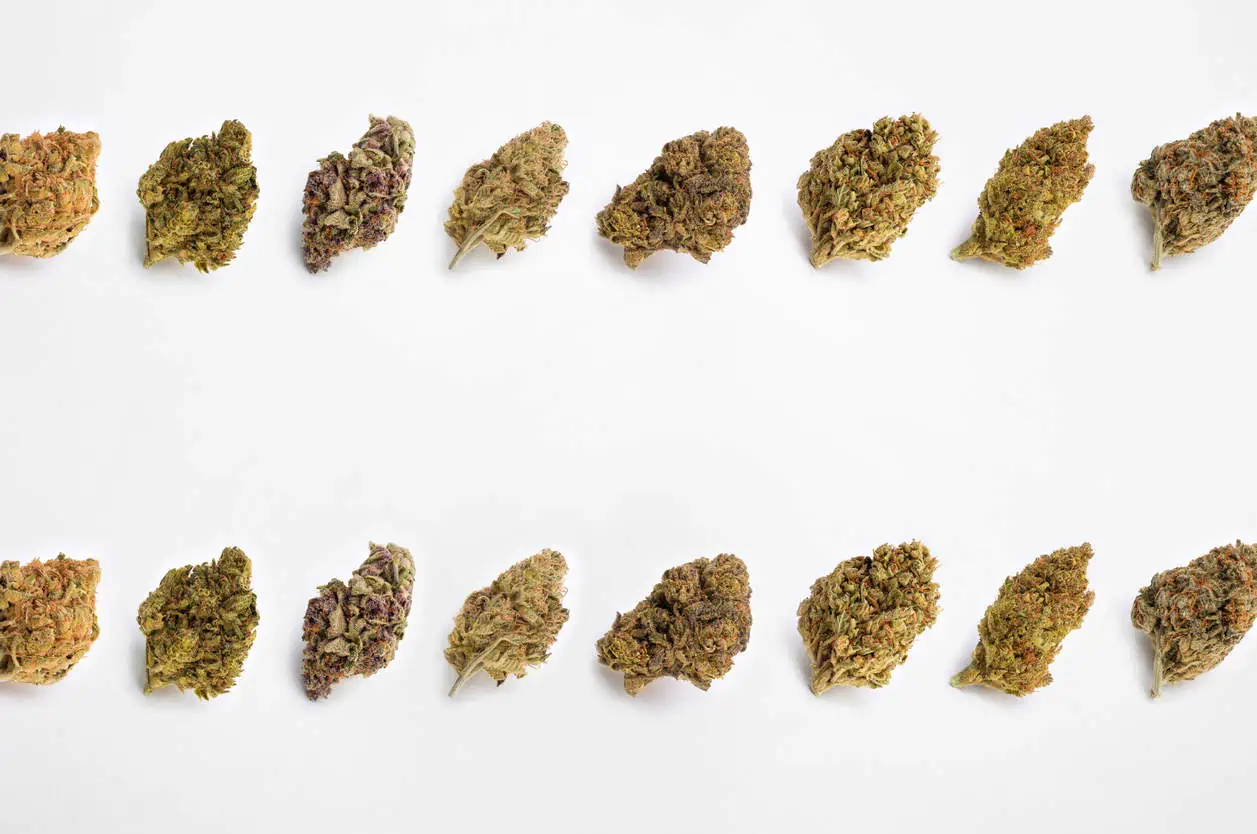



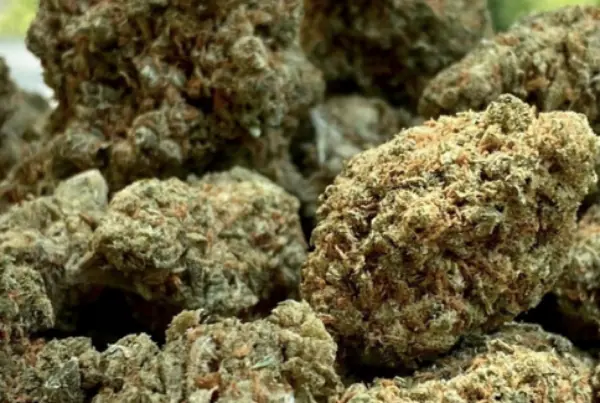
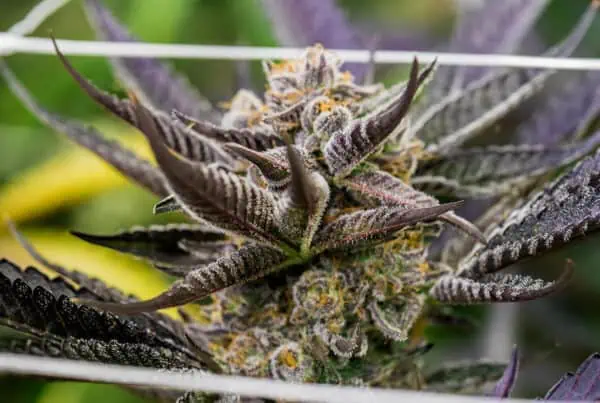
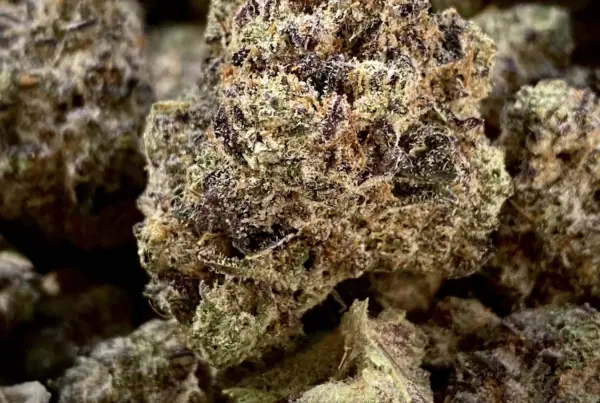



 Jeff was involved in an accident where he endured a traumatic brain injury. He had a week-long stay in ICU where brain surgeons
Jeff was involved in an accident where he endured a traumatic brain injury. He had a week-long stay in ICU where brain surgeons  100% risk free money back guarantee within 48 hours after purchase if student has not completed any of the courses or exams.
100% risk free money back guarantee within 48 hours after purchase if student has not completed any of the courses or exams.